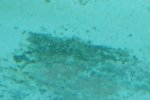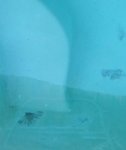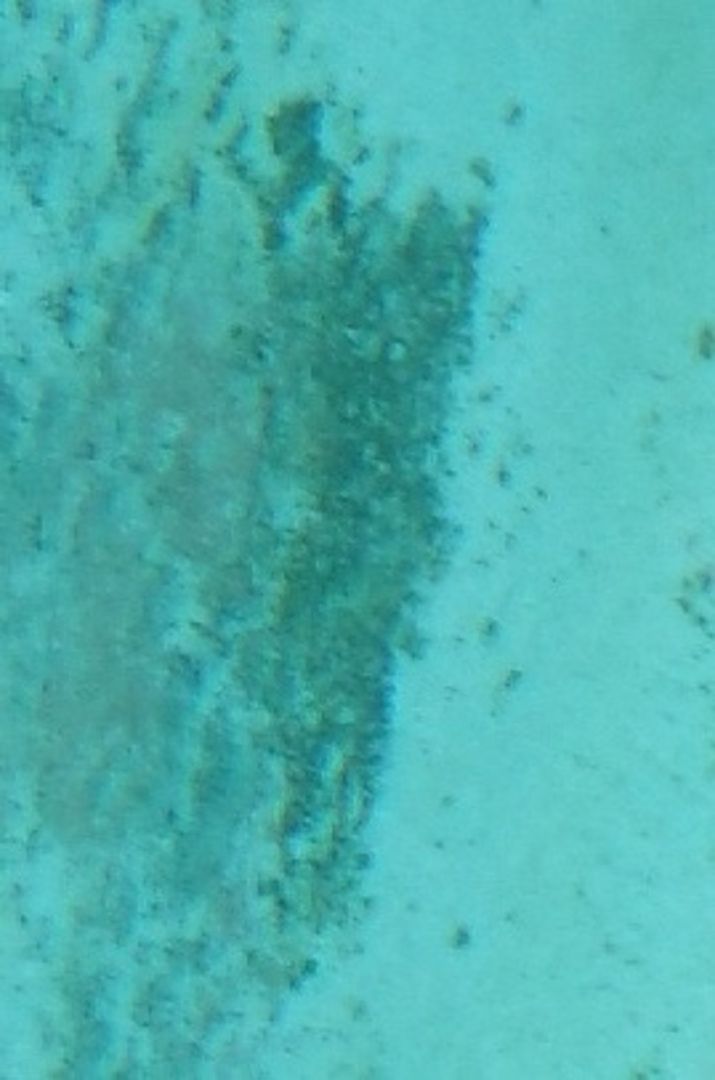Your FC is high for not having any stabilizer recorded yet. In fact, because your FC is high (over 10), and your pH is showing low (usually it goes up when FC is elevated), I would recommend allowing your FC to drop just under 10 then re-test your pH to make sure 7.2 is a true/accurate reading. Once you validate the pH at 7.2, then increase FC to "12" (assuming your CYA goes to 30). If your CYA goes higher than 30, then your FC may need to go higher as well.
We really need a CH reading. That's important to analyze your plaster and "CSI" level. You should be able to get some CH reagent locally. If not, I would request a refill from TFTestKits.com as soon as possible. By looking at your thread here, we want to know if we can rule-out a plaster problem as opposed to simply treating an algae problem.
For photos, have you tried linking your photos from Photobucket? That's what many of us do here on TFP. Upload your pics to Photobucket (free), then copy & paste the IMG code for that pic from Photobucket to your TFP post. Works great.





 In any event, I am seeing some similarities between the pics in the article and the pics you uploaded to Photobucket. Based on the evidence presented so far, I'm inclined to believe that you have both black algae and a worn plaster issue. If there is a way for you to do the smudge test I mentioned earlier in this thread using a sample from a more stable section of plaster, it would help build the case for or against black algae. As for the plaster, this may be one of those things where a second opinion from a trusted pool maintenance company may be beneficial since there are certain things that are difficult to conclusively diagnose over the internet.
In any event, I am seeing some similarities between the pics in the article and the pics you uploaded to Photobucket. Based on the evidence presented so far, I'm inclined to believe that you have both black algae and a worn plaster issue. If there is a way for you to do the smudge test I mentioned earlier in this thread using a sample from a more stable section of plaster, it would help build the case for or against black algae. As for the plaster, this may be one of those things where a second opinion from a trusted pool maintenance company may be beneficial since there are certain things that are difficult to conclusively diagnose over the internet.